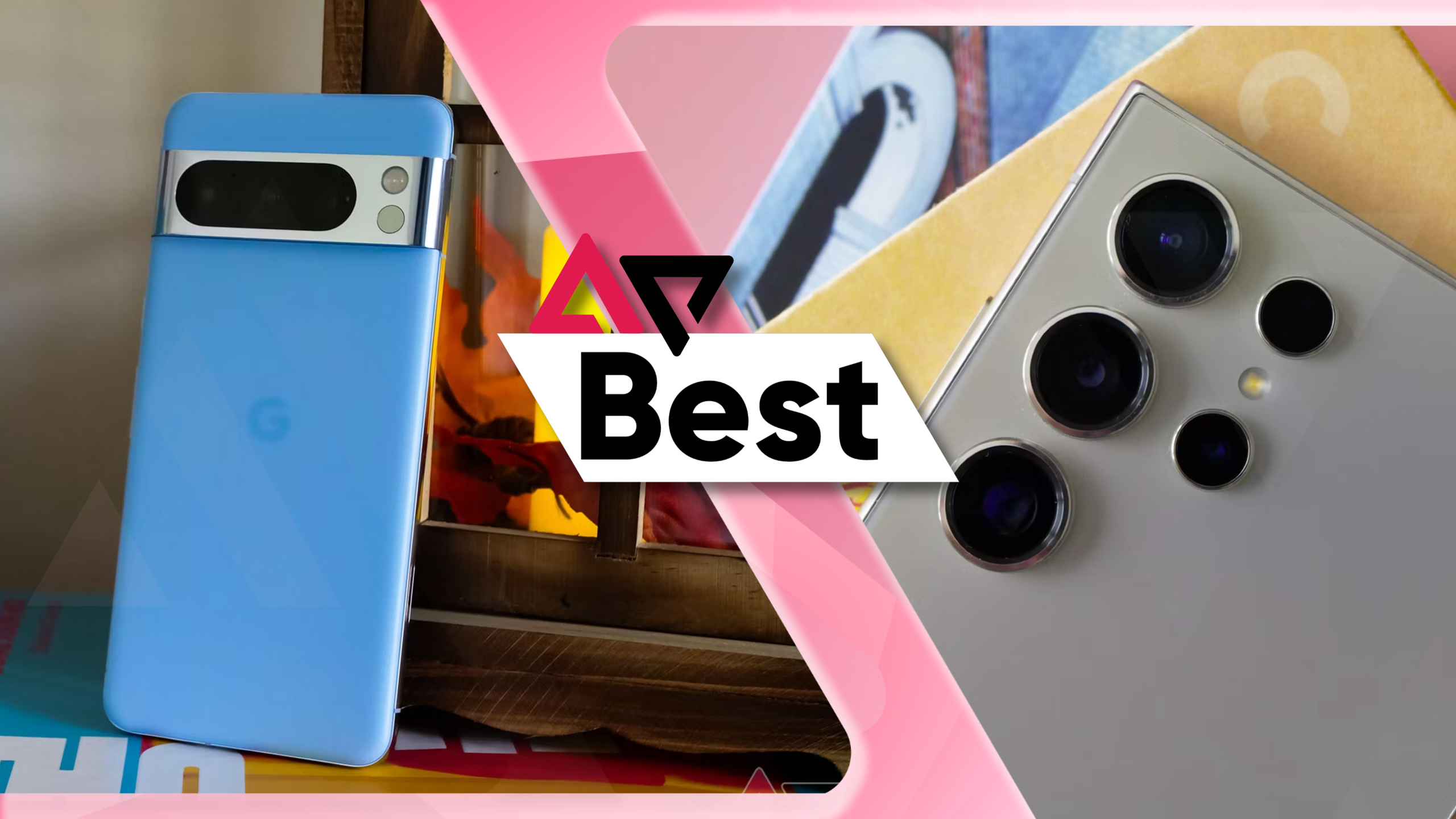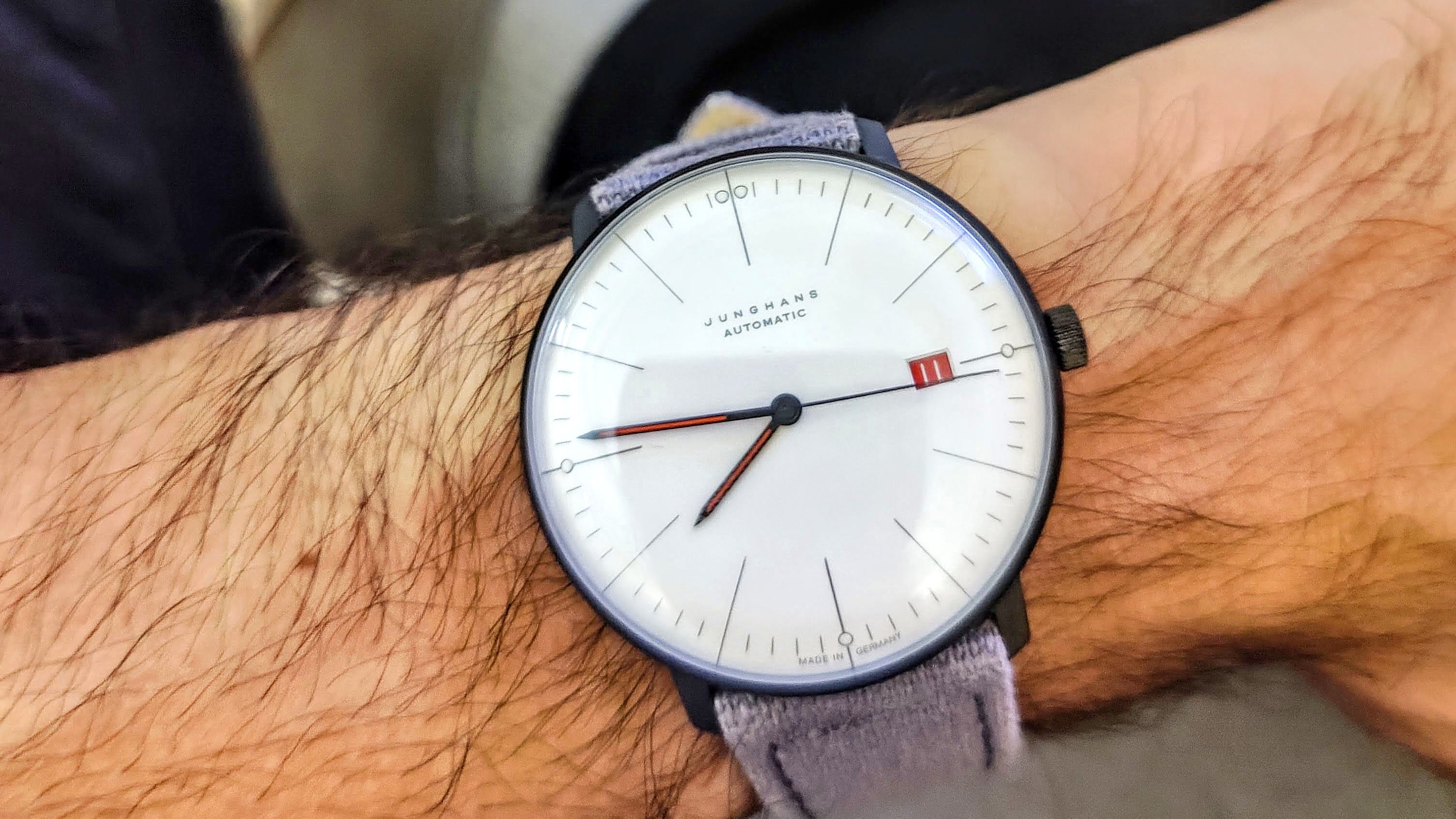Who needs so much zoom? What started at 3x has quickly transitioned to 5x, 10x, 20x, 100x, and beyond. I’ve asked myself this question every time I hear a brand talk about pushing the limits of smartphone zoom ever further. However, lately, I’ve been going back to the hundreds, if not thousands, of photos I’ve clicked on some of the best Android smartphones of 2024, and there’s one very obvious trend.
As it turns out, I’ve been using the telephoto lens way more than I thought I did. Now, don’t get me wrong. Those 100x zoom photography claims are still a flat-out marketing gimmick. However, high-zoom photography has more than a few use cases, and extended reach is just one of them. Let’s talk about some of them.

Related
Best Android phones with a telephoto camera in 2024
The zoom your pictures desperately need
There’s a good reason telephoto lenses are a mainstay in the holy trinity of cameras
Though maybe it should be a dyad
I’ve used dozens of smartphones over the last year, but doing a spot check on the photos suggests that my most used focal length was closer to a 77mm equivalent on a full-frame camera, with 120mm being a close second. This falls close to the classic 85mm range, which makes a lot of sense. As an amateur street photographer, I want to highlight people, interesting subjects, and more when I frame a shot. That 85mm focal length is a classic for a reason and is known to be a versatile addition for street, portraiture, and many other styles of photography.
The high-zoom focal length is perfect for locking in tightly on a subject while still maintaining some semblance of the surrounding environment. More importantly, a high-zoom focal length adds lens compression. This photography effect makes the subject and background objects look closer than they really are and adds to the visual aesthetic. It’s a mainstay of portrait photography, and I’ve used it many times when capturing portraits or even just interesting objects.
Another less-used advantage of telephoto lenses is the incredible bokeh opportunities. Zooming in to a longer focal length reduces the depth of field and increases blur. This means you can get creamy-looking bokeh swirls out of your smartphone’s telephoto lenses without using software shenanigans. Not only is it more realistic, but you also maintain more control over the framing of the shot. It’s a trick I’ve often used when shooting close-ups of beverages or interesting artifacts at a museum. When used correctly, it can be an incredible tool to highlight specific elements of a complex piece or objet d’art. More importantly, it gives results better than even the best photography apps for Android can muster.
Telephoto lenses have other use cases, too. These days, most smartphones with high-zoom lenses can turn them into macro cameras. This is an incredible upgrade over dedicated macro lenses on cameras, which can often be hampered by shadows or lack of light when shooting close-ups of objects like a watch dial. From close-ups of flowers or foliage to watch dials, it’s not a feature I use daily but find it very convenient to have on hand when I need it.
But most importantly, it lets me be creative and look for more interesting ways to highlight everyday things of interest. On a recent trip to Russia, as usual, I stopped by the Moscow Kremlin to marvel at the onion dome. However, instead of capturing the done-to-death image of the church, I found the extended zoom on my Vivo X100 Pro handy to highlight the intricate structure of the minarets. Similarly, at the ballet, I was able to get up close and personal with the ballerina instead of cropping in to squint at details.
From photos of kids and pets to natural bokeh-filled portraits, a telephoto lens can be used in more ways than one
When I initially discussed this idea with my editor, we talked about everyday use cases like capturing a kids’ soccer game. All those use cases indeed benefit from having a long tele lens at the back of the smartphone, but when you look at your own photographs, it is easy to see that the tele lens does or can be utilized for so much more.
Of course, naysayers will say that a longer focal length makes it inconvenient to frame the shot easily. However, with computational photography and high-resolution sensors doing double duty, the primary sensor is largely able to make up for the missing focal length range in between. Personally, as a hobbyist photographer who swears by his prime lenses, I believe that the rigidity of a fixed focal length is a benefit, not a hurdle. Sure, it might require a bit of back-and-forth movement from me to be able to frame the shot just right. However, the end results make up for it. All this to say, that telephoto are here to stay, and I’m all in on the high-zoom trend.
Source link


